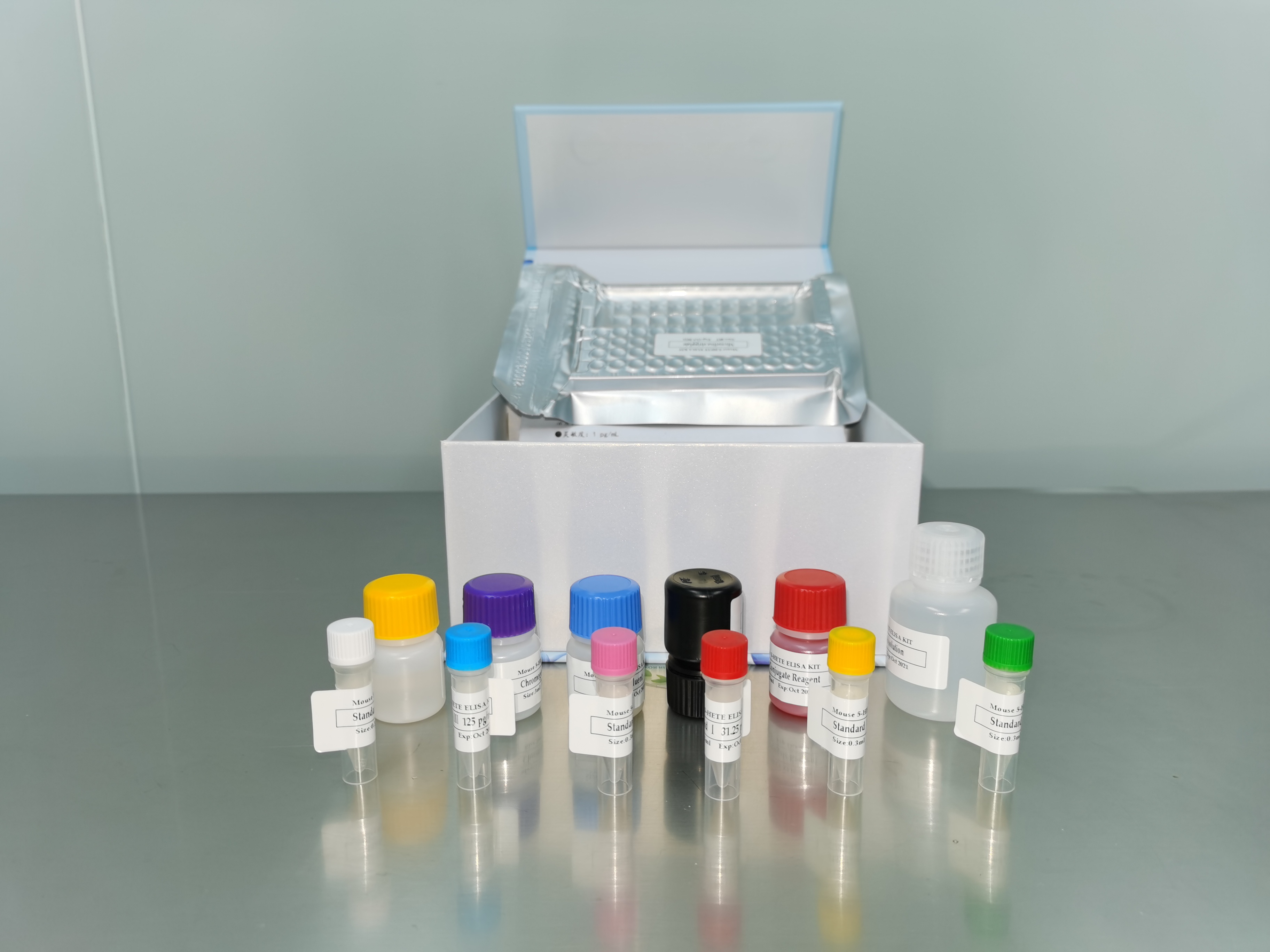| 产品名称: |
Sorogena stoianovitchae Bradbury and Olive |
| 商品货号: |
TS132096 |
| Strain Designations: |
PNG 76-73 |
| Application: |
Contact Sales for a recommended strain of Colpoda sp. |
| Biosafety Level: |
1
Biosafety classification is based on U.S. Public Health Service Guidelines, it is the responsibility of the customer to ensure that their facilities comply with biosafety regulations for their own country. |
| Isolation: |
Old aborted fruits and stalks of Ficus botryocarpa, Papua New Guinea, 1976 |
| Product Format: |
test tube |
| Storage Conditions: |
Frozen: -70°C or colder
Freeze-Dried: 2°C to 8°C
Live Culture: See Protocols Section |
| Type Strain: |
no |
| Comments: |
Contact Sales for a recommended strain of Colpoda sp. to be purchased with ATCC® 50031™.
Morphology, morphogenesis and systematic position
The structure and composition of stalk
Ultrastructure of aerial stalk formation |
| Medium: |
ATCC® Medium 1330: Sorogena medium
|
| Growth Conditions: |
Temperature: 20°C to 25°C |
| Cryopreservation: |
Reagents
Cryoprotective Solution
DMSO, 1.5 mL
Fresh growth medium w/o bacteria, 8.5 mL
Harvest and Preservation
-
Mix the components in the order listed. When the medium is added to the DMSO the solution will warm up due to chemical heat.
-
Harvest Sorogena and Colpoda cysts from a culture that has recently passed peak density by centrifugation at 1000 x g for 5 min.
-
Adjust the concentration of cells to at least 2 x 104/mL in fresh medium.
-
Mix the cell preparation and the cryoprotective solution in equal portions by adding the cryoprotective solution to the cell suspension in 3 equal aliquots at 2 min. intervals.
-
Dispense in 0.5 mL aliquots into 1.0 - 2.0 mL sterile plastic screw-capped cryules (special plastic vials for cryopreservation).
-
Place vials in a controlled rate freezing unit. From room temperature cool at -1°C/min to -40°C. If freezing unit can compensate for the heat of fusion, maintain rate at -1°C/min through heat of fusion. At -40°C plunge ampules into liquid nitrogen. Alternatively, place the vials in a Nalgene 1°C freezing apparatus.xa0 Place the apparatus at -80°C for 1.5 to 2 hours and then plunge ampules into liquid nitrogen.xa0 (The cooling rate in this apparatus is approximately -1°C/min.) xa0
-
Ampules are stored in either the vapor or liquid phase of a nitrogen refrigerator.
-
To establish a culture from the frozen state place the vial in a 35°C water bath. Immerse the vial to a level just above the surface of the frozen material. Do not agitate the vial. Immediately after thawing, do not leave in water bath, aseptically remove the contents of the ampule and transfer to a petri plate or T-25 tissue culture flask containing a bed of agar medium and 10-15 mL total liquid overlay (ATCC medium 1330).
- Optionally, aseptically transfer 0.2-0.5 mL from a growing culture of Colpoda sp. to the petri plate or T-25 flask (See section on Culture Maintenance).
- Incubate the culture at 20-25°C under a 14 hour light (~50 µEinsteins/m2/s irradiance)/10 hour dark cycle. xa0Active trophozoites (ciliates) of both Colpoda and Sorogena should be observed within 2-3 days.xa0 Once the culture is established, follow the protocol for maintenance of culture.
|
| Name of Depositor: |
RL Blanton |
| Chain of Custody: |
ATCC <-- RL Blanton <-- LS Olive |
| Year of Origin: |
1976 |
| References: |
Bardele CF, et al. Morphology, morphogenesis and systematic position of the sorocarp forming ciliate Sorogena stoianovitchae Bradbury & Olive, 1980. J. Protozool. 38: 7-17, 1991.
Blanton RL, et al. . J. Protozool. 30: 617-624, 1983.
Blanton RL, Olive LS. Stalk function during sorogenesis by the ciliated protozoan Sorogena stoianovitchae. Protoplasma 116: 136-144, 1983.
Blanton RL, Olive LS. Ultrastructure of aerial stalk formation by the ciliated protozoan Sorogena stoianovitchae. Protoplasma 116: 125-135, 1983.
|


